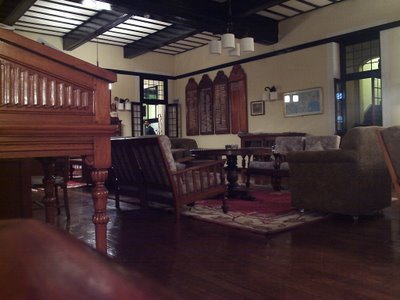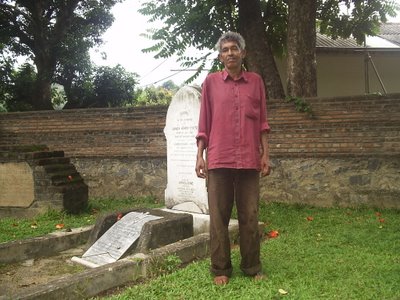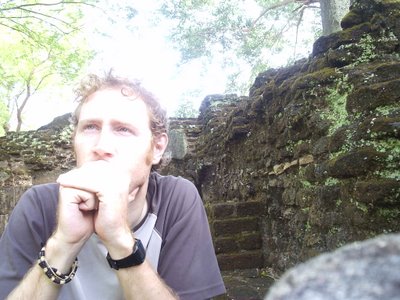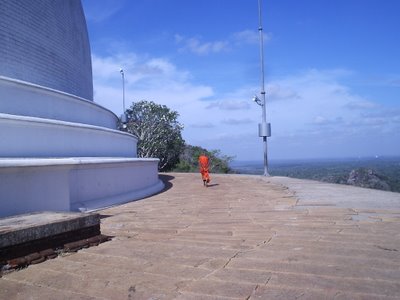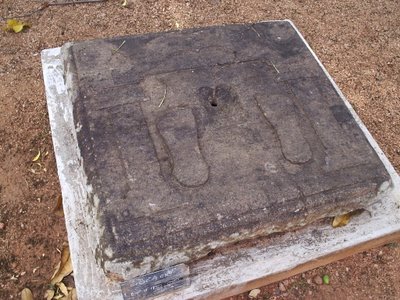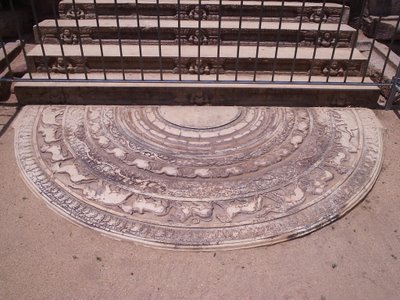I fell in love yesterday.
It’s been a real pleasure getting to know Sri Lanka, little by little, one step at a time. But yesterday, I fell head-over-heels for the place.
That’s three clichés in one paragraph. Sorry.
What did it? It wasn’t cycling around the spectacular stupas and ruins of Anuradhapura, Mahintale and Polonnaruwa, enjoyable as that was.
It wasn’t sitting on the first floor veranda at Kandy’s wonderful Olde Empire Hotel, nursing a cold beer and reading Kipling’s Kim – how colonial can you get? – or early morning walks around the lake.
It wasn’t even the cave temples at Dambulla, or the 45 minutes I spent all alone atop Sigiriya – the imposing ‘Lion Rock’.
So what finally tipped me over the edge? The train journey from Kandy to Ella. For less than a single on the London Underground, I got to experience one of the world’s classic train journeys.
I love to travel by train these days, leaning out of the doorway, feeling the breeze and enjoying the scenery. It’s such a far cry from Connex South Central. But this journey was something else. Snaking up into the hill country, the train crosses several viaducts, passing through many rock-cut tunnels and running alongside pine forests, farms and tea plantations. Every now and again, when you think you might be tiring of the sheer drops and lush vegetation, you turn a sharp corner to pass by a waterfall, or a bridge, or a village. It’s brilliant. After six or seven wonderful hours, I arrived into Ella and quickly found a decent bite to eat and a friendly guesthouse to stay in. Perfect.
I slept ever so well. It’s all this fresh air, I’m sure of it. After a royal breakfast, Sri Lankan style – hoppers, rotties and dhal, washed down with some delicious locally produced coffee – I went for a nice long walk up to Ella Gala Rock via the Rawana Falls. For the first twenty minutes or so, I followed the railway tracks, tiptoeing over the wooden sleepers. Then, crossing the iron bridge, I bumped into a very helpful local farmer, Mr Jinadasa. He showed me the correct path – I would have missed it – and we chatted for a while by the gentle falls. He gave me one of his tomatoes (I had it later with my packed lunch, delicious) and then guided me through the plantations and up the track to the viewpoint. Like any self-respecting up-country man, Mr Jinadasa races up steep slopes in his flip-flops, spots venomous snakes half a mile off and lights his bedi cigarettes using a match flicked against the nearest tree. It was a tiring climb, but – naturally – was worth the effort. I’ll post some photos when I can, but they won’t tell the whole story. Basically you’ll have to widescreen, Dolby, and THX surround-sound the snaps to get the full effect.
After getting back to town, I had a siesta before striking out for Bambaragala Falls, 6km from Ella down the winding road to Wellawaya, which hugs the hills and delivers cracking views all the way. As for the falls themselves, maybe they weren’t so much roaring as purring, and the torrents were arguably more miffed than raging. There was however, a plunge pool, and after fannying about for a bit, I stripped off for a wonderfully refreshing dip.
Of course, a delightful 6km stroll downhill is an endless trudge heading back up. Being the pragmatic type, I caught the bus.
